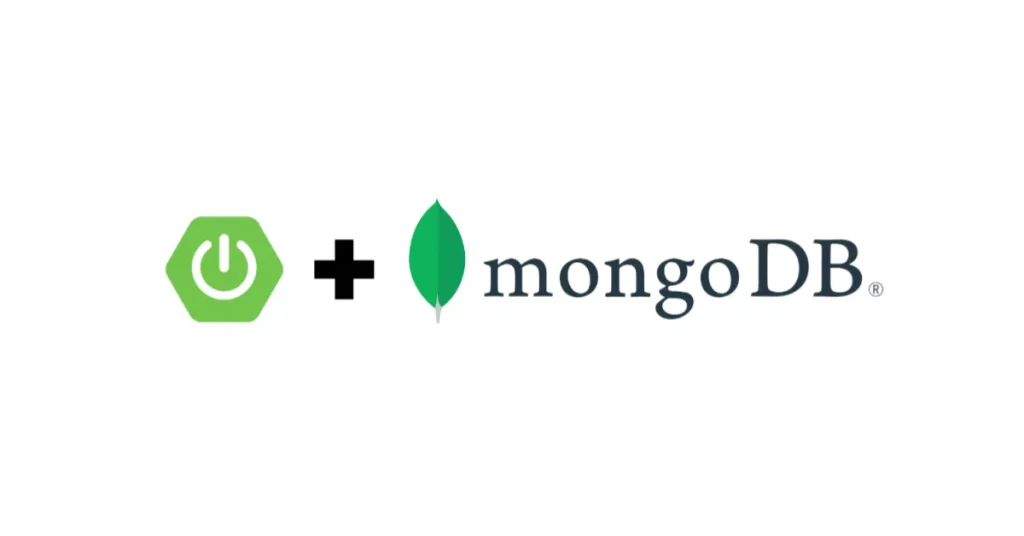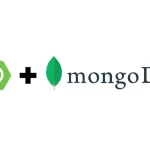In the orchestration of large-scale microservices architecture, the choice of technology stack plays a pivotal role. This blog delves into the symbiotic relationship between Spring Boot and MongoDB, unraveling the unique strengths they bring to the table and how they synergize to create a robust foundation for scalable and dynamic microservices.
What Does Spring Boot Bring?
Spring Boot stands as a beacon of simplicity and productivity in the realm of Java-based frameworks. Its convention-over-configuration approach streamlines development, allowing developers to focus on business logic rather than boilerplate code. The magic lies in its auto-configuration capabilities, which intelligently adapt to project needs, reducing the burden of manual setup.
Furthermore, Spring Boot embraces the philosophy of "opinionated defaults," providing pre-configured settings based on best practices. This not only accelerates development but also ensures a standardized and maintainable codebase. With Spring Boot's extensive ecosystem and vibrant community, developers benefit from a plethora of libraries and tools that seamlessly integrate with their projects.
In the context of large-scale microservices, the simplicity of Spring Boot becomes a strategic advantage. Teams can rapidly prototype, iterate, and deploy microservices independently, promoting agility and responsiveness to changing project requirements.
MongoDB: The NoSQL Dynamo for Dynamic Data
MongoDB, a document-oriented NoSQL database, aligns seamlessly with the dynamic nature of microservices architecture. Its flexible schema design allows developers to adapt swiftly to evolving data structures without the constraints of a predefined schema. This flexibility is particularly valuable in large-scale projects where data requirements may evolve rapidly.
The horizontal scalability of MongoDB ensures that the database can effortlessly grow with the expanding microservices ecosystem. With sharding capabilities and automatic partitioning of data, MongoDB provides an elastic foundation capable of handling the data demands of large-scale applications.
Additionally, MongoDB's JSON-like document format facilitates the mapping of data between the application and the database, streamlining the development process. The absence of complex joins and transactions in MongoDB doesn't hinder its effectiveness in microservices scenarios; instead, it empowers developers to design and scale services independently.
The Synergy: Spring Boot Meets MongoDB
The integration of Spring Boot with MongoDB forms a powerful alliance, marrying the strengths of a versatile framework with a flexible and scalable database. Here's how the synergy unfolds:
1. Rapid Prototyping and Development
Spring Boot's convention-over-configuration and MongoDB's flexible schema enable rapid prototyping and development. Developers can iterate on microservices independently, adapting to changing business needs without cumbersome configuration.
2. Seamless Integration
Spring Data MongoDB, a part of the larger Spring Data project, provides seamless integration between Spring Boot and MongoDB. It simplifies database interactions, allowing developers to focus on business logic rather than intricate data access code.
3. Dynamic Data Modeling
The flexibility of MongoDB's schema complements Spring Boot's dynamic nature. Microservices can evolve independently without constraints, and developers can seamlessly adapt data models as services evolve.
4. Microservices Autonomy
The autonomy of microservices is preserved, with each service having its data model stored in MongoDB. This encapsulation ensures that changes to one microservice don't necessitate modifications to the entire database schema, promoting independence.
5. Scalability and Performance
MongoDB's horizontal scalability aligns with the scalable nature of microservices. The combination ensures that the architecture can gracefully handle increased workloads, distributing data and processing across multiple instances.
6. Ecosystem Harmony
Spring Boot's rich ecosystem, including Spring Cloud for microservices coordination, integrates seamlessly with MongoDB. This harmony simplifies the development of resilient and scalable microservices-based applications.
7. Operational Efficiency
The combination of Spring Boot and MongoDB contributes to operational efficiency. With Spring Boot's comprehensive monitoring capabilities and MongoDB's built-in monitoring tools, developers gain visibility into system performance and can proactively address potential issues.
Best Practices: Harnessing the Potential
As we navigate the landscape of Spring Boot and MongoDB, certain best practices emerge. These include:
Microservices Independence: Leverage Spring Boot and MongoDB to ensure the autonomy of microservices, allowing them to evolve independently without disrupting the entire system.
Data Modeling Flexibility: Embrace MongoDB's flexible schema to accommodate evolving data models within microservices. This flexibility streamlines development and promotes adaptability.
Horizontal Scaling: Leverage MongoDB's sharding capabilities to horizontally scale data storage, aligning with the scalable nature of microservices.
Comprehensive Monitoring: Utilize Spring Boot's monitoring capabilities and MongoDB's built-in monitoring tools for comprehensive visibility into system performance. Proactive monitoring ensures operational efficiency.
In conclusion, the synergy between Spring Boot and MongoDB unfolds as a symphony of scalability and flexibility, tailored for the challenges of large-scale microservices architecture. The simplicity and productivity of Spring Boot harmonize with MongoDB's dynamic and scalable database, creating an environment where microservices can thrive independently and adapt to changing demands seamlessly.
This power duo serves as a beacon for developers navigating the intricacies of large-scale projects, offering not just a technological solution but a blueprint for agility, scalability, and operational efficiency. As the realm of microservices continues to evolve, the collaboration between Spring Boot and MongoDB stands poised to empower developers in crafting the next generation of dynamic and resilient applications.
- By admin2308





